| 1992–1995 |
| Tom Gale (1990) |
| 2-door roadster |
| Odd firing 8.0 L (488.1 cu in) Viper V10 400bhp (298kW) 465lb·ft (630N·m) |
| 6-speed manual |
| 96.2in (2,440mm) |
| 175.1in (4,450mm) |
| 75.7in (1,920mm) |
| 44.0in (1,120mm) |
| 3,284lb (1,490kg) |
The first prototype was tested in January 1989. It debuted in 1991 with two pre-production models as the pace car for the Indianapolis 500 when Dodge was forced to substitute it in place of the Japanese-built Dodge Stealth because of complaints from the United Auto Workers, and went on sale in January 1992 as the RT/10 Roadster.
The centerpiece of the car was its engine. The Lamborghini Company, then owned by Chrysler Corporation, designed the V10 for the Viper by recasting the block and heads in an aluminum alloy, and was based on the Chrysler LA V8 engine. A major contributor to the Viper since the beginning was Dick Winkles, the chief power engineer, who had spent time in Italy.
The engine weighs 711lb (323kg) and produces 400bhp (300kW) at 4600rpm and 465lb·ft (630N·m) at 3600rpm, and thanks to the long-gearing allowed by the engine, provides fuel economy at a United States Environmental Protection Agency-rated 12mpg-US (20L/100km; 14mpg-imp) city and 20mpg-US (12L/100km; 24mpg-imp) highway.[6] The body is a tubular steel frame with resin transfer molding (RTM) fiberglass panels. It has a curb weight of 3,284lb (1,490kg) and lacks modern driver aids such as traction control and anti-lock brakes. It completes a quarter mile (402 m) in 12.6 seconds and has a maximum speed of over 150mph (240km/h). Its large tires allow the car to average close to one lateral g in corners, placing it among the elite cars of its day. However, the car proves tricky to drive at high speeds, particularly for the unskilled.
The car is spartan, although it features inflatable lumbar support and adjustable seats. Along with the absence of exterior door handles, the vehicle lacks side windows and a roof. Although a soft top cover was available, it was designed primarily for indoor vehicle storage. Side curtains of fabric and clear plastic operated by zippers can be inserted into the door and hand-bolted when needed. All of these decisions were made to reduce weight. The battery is located in the sealed compartment over the rear wheels to increase rear-end weight and traction. The car shipped with a tonneau cover and video tape on soft-top assembly (the soft top is removable and folds to fit in the trunk). In 1994 the car came, for the first time since release with several options available to the buyer. These included air conditioning, adjustable suspension, larger diameter wheels to accommodate larger brakes, and a fiberglass hardtop for the roof.
Performance- 0-60mph (97km/h): 4.5 sec[7]
- 0-100mph (160km/h): 9.2sec
- quarter mile: 12.9sec @ 113.8mph (183.1km/h)[7]
- top speed: 165mph (266km/h) reference: http://www.vipercentral.com/specifications/
- 700ft (210m) slalom: over 66mph (106km/h)
- skidpad average g: 0.96
Reserve Met. This will go to the highest bidder. Buy it below wholesale.
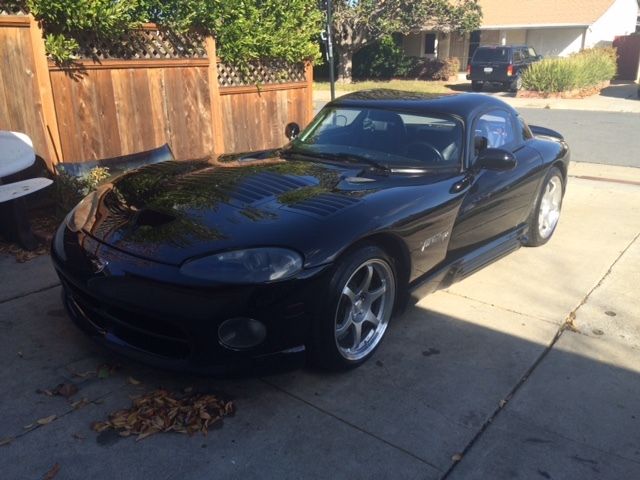
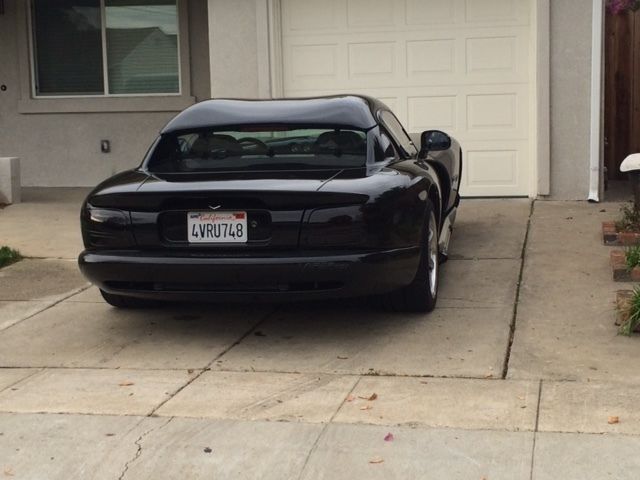

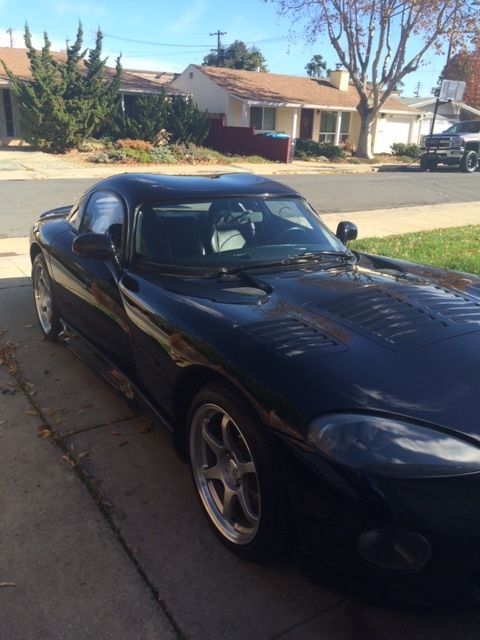
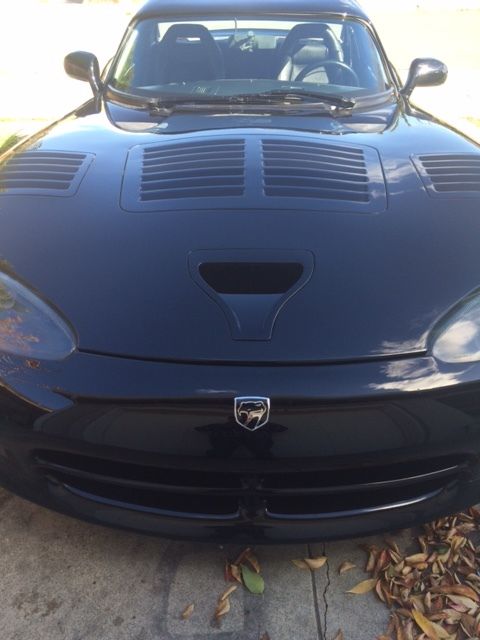
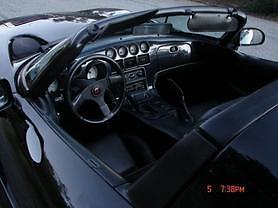
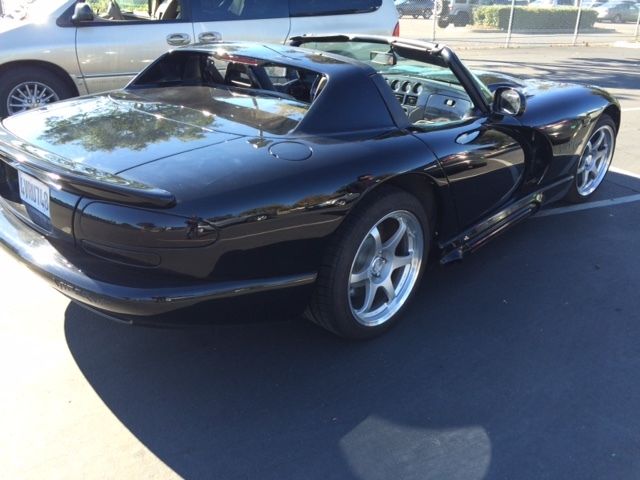

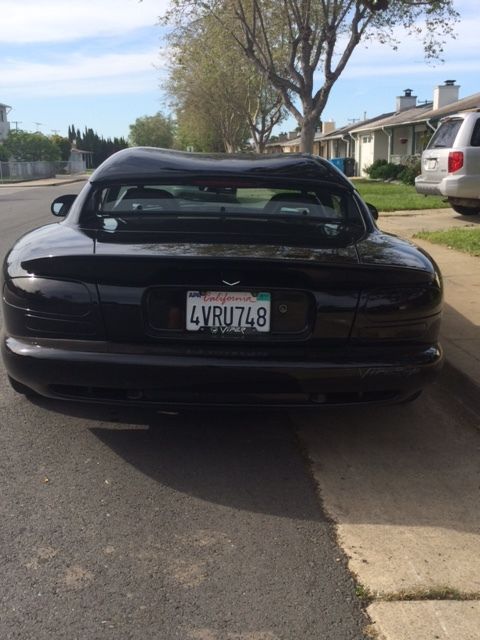
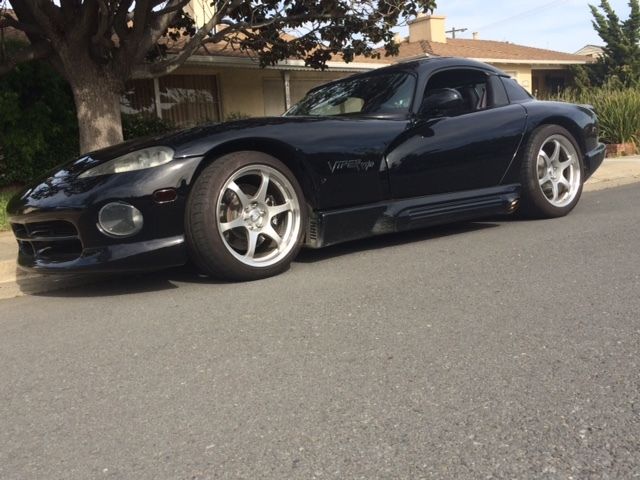
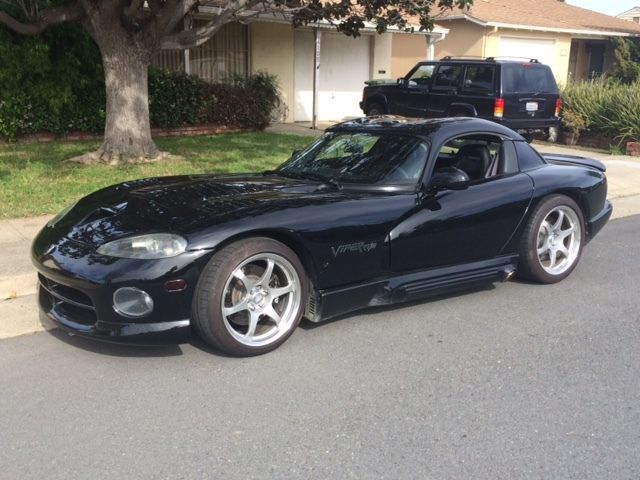
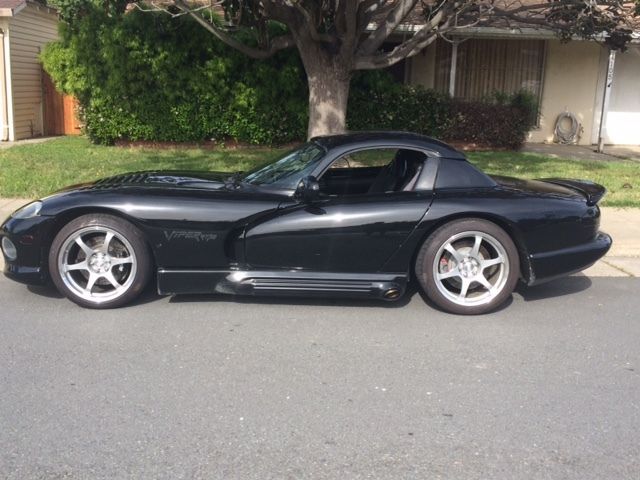
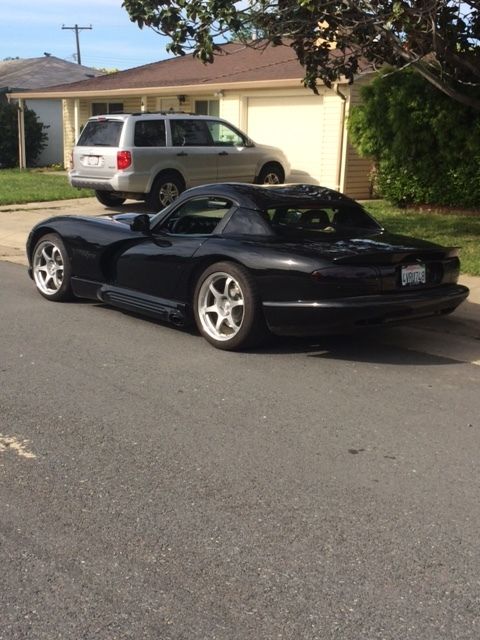
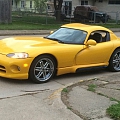 1993 Dodge Viper Rt/10 convertible hard/soft tops and windows 20" wheels 400+ hp
1993 Dodge Viper Rt/10 convertible hard/soft tops and windows 20" wheels 400+ hp
 1994 Dodge Viper RT/10 8L V10 Manual 4K Miles Roof and Side Windows 94 Gen 1
1994 Dodge Viper RT/10 8L V10 Manual 4K Miles Roof and Side Windows 94 Gen 1
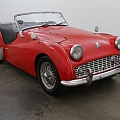 60 Triumph TR3 Roadster Soft Top Side Curtains Tonneau Cover Wire Wheels
60 Triumph TR3 Roadster Soft Top Side Curtains Tonneau Cover Wire Wheels
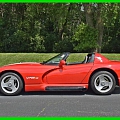 1994 Dodge Viper RT/10 8.0 V10, 6 Spd, 21K Miles, Hard Top, Soft Top NO RESERVE
1994 Dodge Viper RT/10 8.0 V10, 6 Spd, 21K Miles, Hard Top, Soft Top NO RESERVE
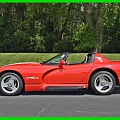 1994 Dodge Viper RT/10 8.0 V10, 6 Spd, 21K Miles, Hard Top, Soft Top
1994 Dodge Viper RT/10 8.0 V10, 6 Spd, 21K Miles, Hard Top, Soft Top